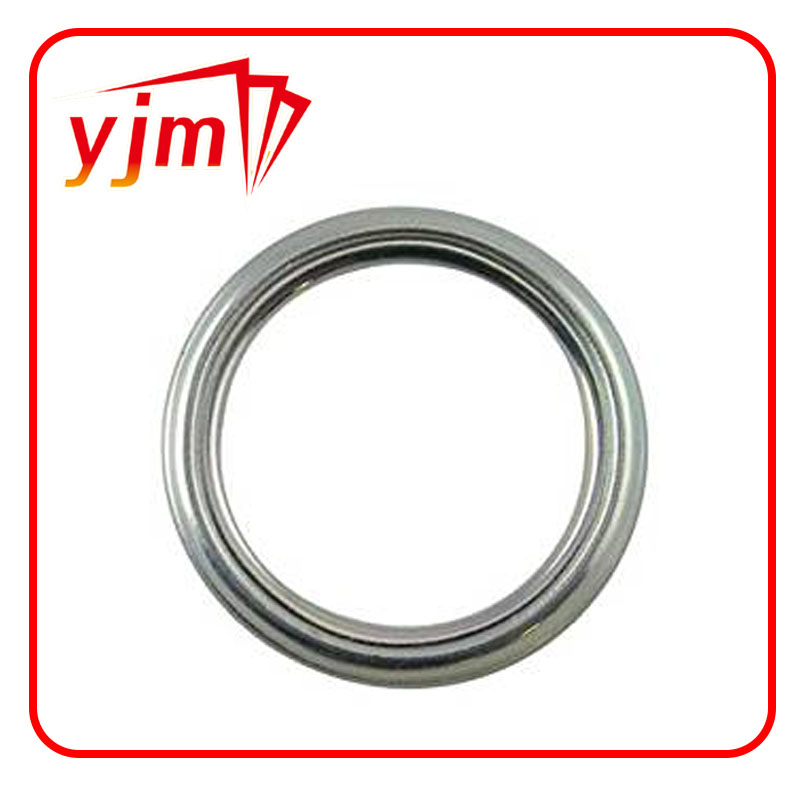Understanding Manual Transmission Seals and Their Importance for Vehicle Performance
Understanding Manual Transmission Seals Importance and Maintenance
Manual transmissions are an integral part of many vehicles, offering drivers a unique driving experience through direct control over gear changes. One of the less glamorous yet crucial components of a manual transmission is the seal. These seals might seem insignificant, but they play a critical role in ensuring smooth operation and longevity of the transmission system.
What Are Manual Transmission Seals?
Manual transmission seals are designed to prevent fluid leaks and protect the internal components of the transmission from dirt, debris, and moisture. They are typically made from durable materials such as rubber, silicone, or polyurethane, capable of withstanding the mechanical stresses and temperature variations found in a working transmission.
There are several different seals within a manual transmission system, with the most notable being the input shaft seal, output shaft seal, and shifter seal. Each serves a specific purpose
1. Input Shaft Seal This seal is located where the driveshaft connects to the transmission. It prevents transmission fluid from leaking out while also keeping contaminants out.
2. Output Shaft Seal Situated on the output shaft, this seal ensures that the transmission fluid remains contained as the output shaft rotates, sending power to the wheels.
3. Shifter Seal This seal protects the area where the gear shifter link enters the transmission, maintaining fluid integrity and preventing dirt ingress.
The Importance of Seals in Manual Transmissions
The integrity of transmission seals is crucial for the overall health of the manual transmission. If any of these seals fail, it can lead to fluid leaks. Low transmission fluid levels can cause inadequate lubrication of the internal components, leading to increased friction and wear. Over time, this can result in overheating and eventual failure of the transmission itself, necessitating costly repairs or a complete replacement.
manual transmission seal

Moreover, contaminants that enter the transmission can cause significant damage, risking the performance and efficiency of the vehicle. Maintaining the seals in good condition helps ensure smooth shifting, optimal performance, and a prolonged lifespan for the transmission.
Maintenance Tips for Transmission Seals
To keep your manual transmission seals functioning effectively, regular maintenance is essential
1. Inspect Regularly Periodically check for signs of fluid leaks under your vehicle and inspect the transmission area. If you notice fluid spots or stains, it may indicate seal wear.
2. Change Transmission Fluid Regular transmission fluid changes are crucial. Fresh fluid can help maintain the condition of seals and prevent degradation due to old, contaminated fluid.
3. Watch for Warning Signs Pay attention to any changes in gear shifting, unusual noises, or warning lights on your dashboard, as these can indicate problems with seals or other transmission components.
4. Consult Professionals If you suspect an issue with your transmission seals or if you have any doubts about their condition, it’s best to consult a professional mechanic. They can accurately diagnose the problem and recommend an appropriate course of action.
Conclusion
In conclusion, while manual transmission seals may not attract much attention, their role in the operation and longevity of a manual transmission is vital. Regular checks and maintenance can prevent minor issues from evolving into significant problems, ensuring that your vehicle remains responsive and enjoyable to drive. By taking care of these small yet essential components, you can keep your manual transmission in good health for years to come.
-
The Ultimate Guide to Boat Propeller Bearings and Trailer Wheel Bearings
News Jul.31,2025
-
The Essential Guide to Marine Bearings and Boat Trailer Wheel Bearings
News Jul.31,2025
-
The Complete Guide to Heavy Duty Seals: Protecting Doors and Spaces Efficiently
News Jul.31,2025
-
Essential Guide to Marine Shaft Bearings and Boat Trailer Axle Bearings
News Jul.31,2025
-
Comprehensive Guide to Marine and Trailer Bearings for Safe Boating and Transport
News Jul.31,2025
-
Comprehensive Guide to Automotive Oil Seals: Protecting Your Engine and Shafts
News Jul.31,2025
-
Understanding Automotive Oil Seals: Essential Components for Engine and Shaft Protection
News Jul.30,2025
Products categories















